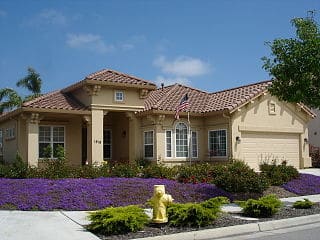Asians – recently found to be the fastest growing minority group in the U.S. – have been described as the least segregated minority group in the U.S.
In fact, Chinese and Indians are segregated almost as highly as Hispanics, and Vietnamese segregation is almost as high as that of African Americans. At the same time, every Asian nationality except Vietnamese lives on average in neighborhoods with higher income and share of college-educated residents than do non-Hispanic whites. This pattern is especially strong in the suburbs, according to a new study released by the US2010 Project at Brown University.
“The key insight is that it is misleading to combine so many different groups – Chinese, Indians, Filipinos, and more – into the category of Asians,” said John R. Logan, co-author ofthe report and Professor of Sociology at Brown University. “These nationalities include people who speak different languages, have different identities, and occupy very different positions in American society. They are actually nearly as segregated from one another as they are from whites.”
The study used data from census sources for each decade from 1990 to 2010, looking closely at the composition of each separate Asian nationality group and noting characteristics of the neighborhoods where they lived. Asian’s neighborhoods turn out to have substantially higher incomes and shares of college-educated residents than the neighborhoods that whites live in.
“We are so aware of the disadvantaged situation of blacks and Hispanics that we tend to assume that segregation results in unequal neighborhoods for minorities,” said Professor Logan. “This isn’t the case for any major Asian nationality. And that means there is very little incentive for Asians to assimilate into white neighborhoods. The alternative of the affluent ethnic community is a real option for these new Americans.”


